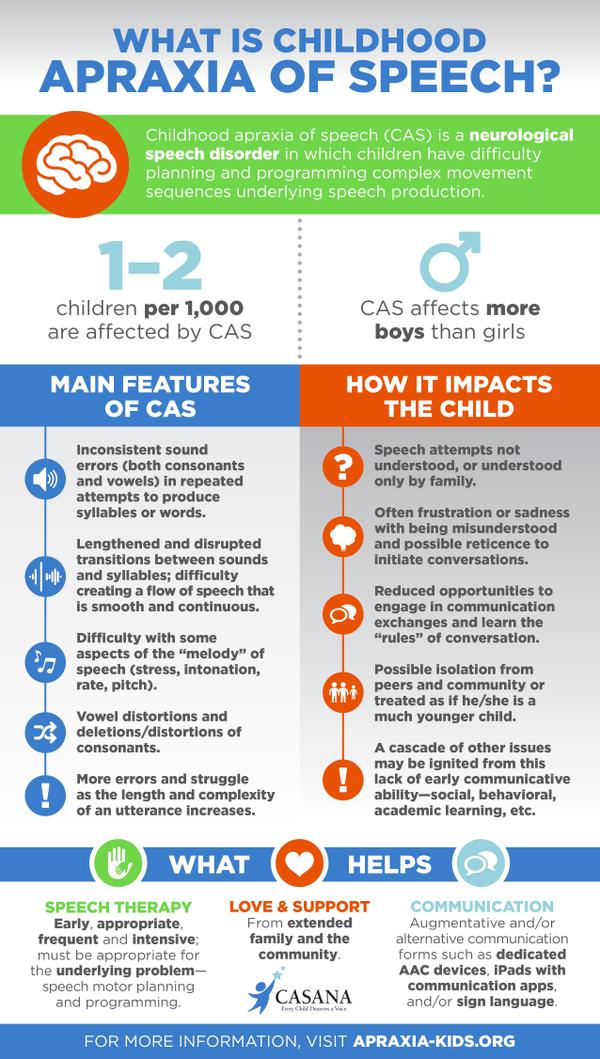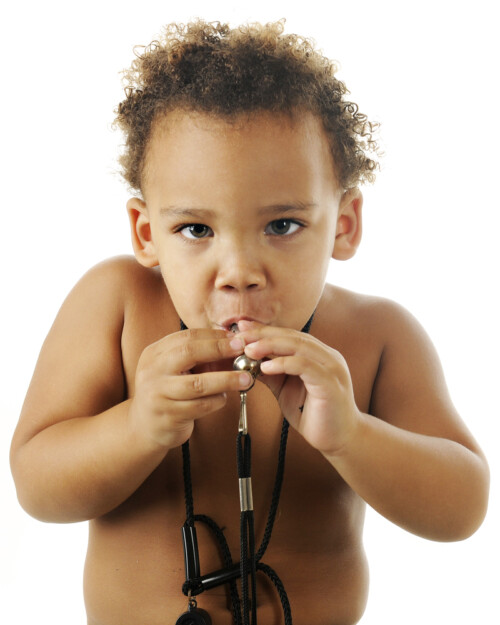Today May 14th is Apraxia Awareness Day. I guess you can say that Childhood Apraxia of Speech (CAS) is somewhat rare because it is a motor speech disorder that affects 1 to 2 out of 1000 children, but it’s not rare to us at Kidmunicate. We see children with CAS all the time. And it is certainly not a rare problem for the parents who have children dealing with the issue. It’s an every day reality for them.
On this day, we wanted to raise awareness of the following:
- Apraxia-Kids.org is the most comprehensive and trusted website for childhood apraxia of speech.
-
- It covers topics like evaluation, speech therapy and research.
- It is also a place to find a speech language therapist that specializes in CAS. We are proud to be in the directory.
- You can donate to the cause at Apraxia-Kids.org/Donate here.
- You can also find information on the causes, signs and symptoms, diagnosis, treatment, prognosis and success stories on Kidmunicate.com here.
The Kidmunication Point
You cannot cure childhood apraxia of speech with medicine and children with CAS will not outgrow it. Children with CAS need intensive treatment often for a long period of time. The length of therapy needed varies from child to child and will depend greatly on the child’s intelligence, determination and concentration. Access to therapy and the family’s commitment to practice at home will also impact the length of therapy needed. Finally co-existing issues like Down Syndrome and Autism will be factors in the treatment and prognosis. But I do have encouraging news. And this is something we also see all the time. Childhood apraxia of speech can get better with early intervention and therapy and by the age of 8, 9, or 10, your child’s speech can reach the same level as his or her peer group with the occasional issue on some challenging words.


